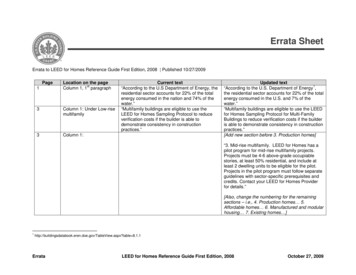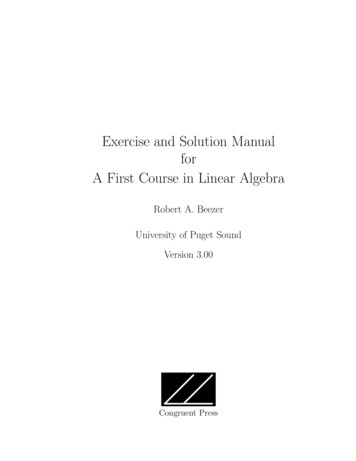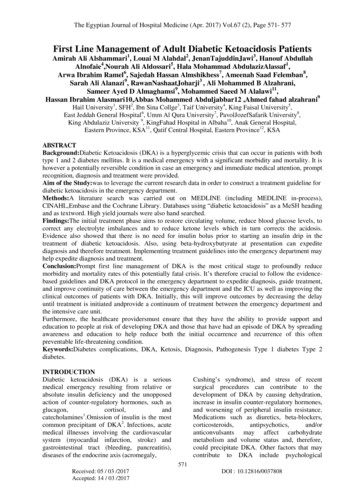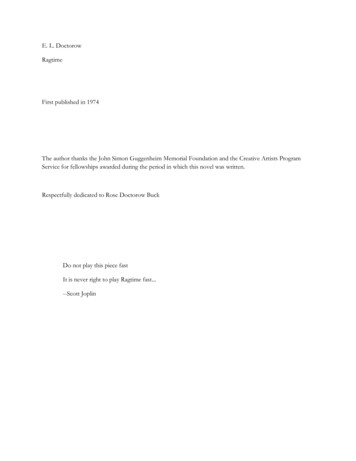
Transcription
E. L. DoctorowRagtimeFirst published in 1974The author thanks the John Simon Guggenheim Memorial Foundation and the Creative Artists ProgramService for fellowships awarded during the period in which this novel was written.Respectfully dedicated to Rose Doctorow BuckDo not play this piece fastIt is never right to play Ragtime fast.--Scott Joplin
I1In 1902 Father built a house at the crest of the Broadview Avenue hill in New Rochelle, New York. It was athree-story brown shingle with dormers, bay windows and a screened porch. Striped awnings shaded thewindows. The family took possession of this stout manse on a sunny day in June and it seemed for someyears thereafter that all their days would be warm and fair. The best part of Father's income was derived fromthe manufacture of flags and buntings and other accoutrements of patriotism, including fireworks. Patriotismwas a reliable sentiment in the early 1900's. Teddy Roosevelt was President. The population customarilygathered in great numbers either out of doors for parades, public concerts, fish fries, political picnics, socialoutings, or indoors in meeting halls, vaudeville theatres, operas, ballrooms. There seemed to be noentertainment that did not involve great swarms of people. Trains and steamers and trolleys moved themfrom one place to another. That was the style, that was the way people lived. Women were stouter then. Theyvisit the fleet carrying white parasols. Everyone wore white in summer. Tennis racquets were hefty and theracquet faces elliptical. There was a lot of sexual fainting. There were no Negroes. There were no immigrants.On Sunday afternoon, after dinner, Father and Mother went upstairs and closed the bedroom door.Grandfather fell asleep on the divan in the parlor. The Little Boy in the sailor blouse sat on the screenedporch and waved away the flies. Down at the bottom of the hill Mother's Younger Brother boarded thestreetcar and rode to the end of the line. He was a lonely, withdrawn young man with blond moustaches, andwas thought to be having difficulty finding himself. The end of the line was an empty field of tall marshgrasses. The air was salt. Mother's Younger Brother in his white linen suit and boater rolled his trousers andwalked barefoot in the salt marshes. Sea birds started and flew up. This was the time in our history whenWinslow Homer was doing his painting. A certain light was still available along the Eastern seaboard. Homerpainted the light. It gave the sea a heavy dull menace and shone coldly on the rock and shoals of the NewEngland coast. There were unexplained shipwrecks and brave towline rescues. Odd things went on inlighthouses and in shacks nestled in the wild beach plum. Across America sex and death were barelydistinguishable. Runaway women died in the rigors of ecstasy. Stories were hushed up and reporters paid offby rich families. One read between the lines of the journals and gazettes. In New York City the papers werefull of the shooting of the famous architect Stanford White by Harry K. Thaw, eccentric scion of a coke andrailroad fortune. Harry K. Thaw was the husband of Evelyn Nesbit, the celebrated beauty who had once beenStanford White's mistress. The shooting took place in the roof garden of the Madison Square Garden on 26thStreet, a spectacular block-long building of yellow brick and terra cotta that White himself had designed in theSevillian style. It was the opening night of a revue entitled Mamzelle Champagne , and as the chorus sangand danced the eccentric scion wearing on this summer night a straw boater and heavy black coat pulled apistol and shot the famous architect three times in the head. On the roof. There were screams. Evelynfainted. She had been a well-known artist's model at the age of fifteen. Her underclothes were white. Her
husband habitually whipped her. She happened once to meet Emma Goldman, the revolutionary. Goldmanlashed her with her tongue. Apparently there were Negroes. There were immigrants. And though thenewspapers called the shooting the Crime of the Century, Goldman knew it was only 1906 and there wereninety-four years to go.Mother's Younger Brother was in love with Evelyn Nesbit. He had closely followed the scandalsurrounding her name and had begun to reason that the death of her lover Stanford White and theimprisonment of her husband Harry K. Thaw left her in need of the attentions of a genteel middle-classyoung man with no money. He thought about her all the time. He was desperate to have her. In his roompinned on the wall was a newspaper drawing by Charles Dana Gibson entitled "The Eternal Question." Itshowed Evelyn in profile, with a profusion of hair, one thick strand undone and fallen in the configuration ofa question mark. Her downcast eye was embellished with a fallen ringlet that threw her brow in shadow. Hernose was delicately upturned. Her mouth was slightly pouted. Her long neck curved like a bird taking wing.Evelyn Nesbit had caused the death of one man and wrecked the life of another and from that he deducedthat there was nothing in life worth having, worth wanting, but the embrace of her thin arms.The afternoon was a blue haze. Tidewater seeped into his footprints. He bent down and found aperfect shell specimen, a variety not common to western Long Island Sound. It was a voluted pink and ambershell the shape of a thimble, and what he did in the hazy sun with the salt drying on his ankles was to throwhis head back and drink the minute amount of sea water in the shell. Gulls wheeled overhead, crying likeoboes, and behind him at the land end of the marsh, out of sight the tall grasses, the distant bell of the NorthAvenue streetcar tolled its warning.Across town the little boy in the sailor suit was suddenly restless and began to measure the length ofthe porch. He trod with his toe upon the runner of the cane-backed rocking chair. He had reached that age ofknowledge and wisdom in a child when it is not expected by the adults around him and consequently goesunrecognized. He read the newspaper daily and was currently following the dispute between the professionalbaseballers and a scientist that claimed that the curve of the ball was an optical illusion. He felt that thecircumstances of his family's life operated against his need to see things and to go to places. For instance, hehad conceived an enormous interest in the works and career of Harry Houdini, the escape artist. But he hadnot been taken to a performance. Houdini was a headliner in the top vaudeville circuits. His audiences werepoor people--carriers, peddlers, policemen, children. His life was absurd. He went all over the world acceptingall kinds of bondage and escaping. He was roped to a chair. He escaped. He was chained to a ladder. Heescaped. He was handcuffed, his legs were put in irons, he was tied up in a strait jacket and put in a lockedcabinet. He escaped. He escaped from bank vaults, nailed-up barrels, sewn mailbags; he escape from a zinclined Knabe piano case, a giant football, a galvanized iron boiler, a rolltop desk, a sausage skin. His escapeswere mystifying because he never damaged or appeared to unlock what he escaped from. The screen waspulled away and there he stood disheveled but triumphant beside the inviolate container that was supposed tohave contained him. He waved to the crowd. He escaped from a sealed milk can filled with water. He escapedfrom a Siberian exile van. From a Chinese torture crucifix. From a Hamburg penitentiary. From an Englishprison ship. From a Boston jail. He was chained to automobile tires, water wheels, cannon, and he escaped.He dove manacled from a bridge into the Mississippi, the Seine, the Mersey, and came up waving. He hungupside down and strait-jacketed from cranes, biplanes and the tops of buildings. He was dropped into theocean padlocked in a diving suit fully weighted and not connected to an air supply, and he escaped. He wasburied alive in a grave and could not escape, and had to be rescued. Hurriedly, they dug him out. The earth istoo heavy, he said gasping. His nails bled. Soil fell from his eyes. He was drained of color and couldn't stand.
His assistant threw up. Houdini wheezed and sputtered. He coughed blood. They cleaned him off and tookhim back to the hotel. Today, nearly fifty years since his death, the audience for escapes is even larger.The little boy stood at the end of the porch and fixed his gaze on a bluebottle fly traversing thescreen in a way that made it appear to be coming up the hill from North Avenue. The fly flew off. Anautomobile was coming up the hill from North Avenue. As it drew closer he saw it was a black 45horsepower Pope-Toledo Runabout. He ran along the porch and stood at the top of the steps. The car camepast his house, made a loud noise and swerved into the telephone pole. The little boy ran inside and calledupstairs to his mother and father. Grandfather woke with a start. The boy ran back to the porch. The driverand the passenger were standing in the street looking at the car: it had big wheels with pneumatic tires andwooden spokes painted in black enamel. It had brass headlamps in front of the radiator and brass sidelampsover the fenders. It had tufted upholstery and double side entrances. It did not appear to be damaged. Thedriver was in livery. He folded back the hood and a geyser of white steam shot up with a hiss.A number of people looked on from their front yards. But Father, adjusting the chain on his vest,went down to the sidewalk to see if there was something he could do. The car's owner was Harry Houdini,the famous escape artist. He was spending the day driving through Westchester. He was thinking of buyingsome property. He was invited into the house while the radiator cooled. He surprised them with his modest,almost colorless demeanor. He seemed depressed. His success had brought into vaudeville a host ofcompetitors. Consequently he had to think of more and more dangerous escapes He was a short, powerfullybuilt man, an athlete obviously, with strong hands and with back and arm muscles that suggested themselvesthrough the cut of his rumpled tweed suit which, though well tailored, was worn this day inappropriately. Thethermometer read in the high eighties. Houdini had unruly stiff hair parted in the middle and clear blue eyes,which did not stop moving. He was very respectful to Mother and Father and spoke of his profession withdiffidence. This struck them as appropriate. The little boy stared at him. Mother had ordered lemonade. Itwas brought into the parlor and Houdini drank it grateful. The room was kept cool by the awnings on thewindows. The windows themselves were shut to keep out the heat. Houdini wanted to undo his collar. Hefelt trapped by the heavy square furnishings, the drapes and dark rugs, the oriental silk cushions, the greenglass lampshades. There was a chaise with a zebra rug. Noticing Houdini's gaze Father mentioned that he hadshot that zebra on a hunting trip in Africa. Father was an amateur explorer of considerable reputation. Hewas president of the New York Explorers Club to which he made an annual disbursement. In fact in just afew days he would be leaving to carry the Club's standard on the third Peary expedition to the Artic. Youmean, Houdini said, you're going with Peary to the Pole? God willing, Father replied. He sat back in his chairand lit a cigar. Houdini became voluble. He paced back and forth. He spoke of his own travels, his tours ofEurope. But the Pole! he said. Now that's something. You must be pretty good to get picked for that. Heturned his blue eyes on Mother. And keeping the home fires burning ain't so easy either, he said. He was notwithout charm. He smiled and Mother, a large blond woman, lowered her eyes. Houdini then spent a fewminutes doing small deft tricks with objects at hand for the little boy. When he took his leave the entirefamily saw him to the door. Father and Grandfather shook his hand. Houdini walked down the path that ranunder the big maple tree and then descended the stone steps that led to the street. The chauffeur was waiting,the car was parked correctly. Houdini climbed in the seat next to the driver and waved. People stood lookingon from their yards. The little boy had followed the magician to the street and now stood at the front of thePope-Toledo gazing at the distorted macrocephalic image of himself in the shiny brass fitting of the headlight.Houdini thought the boy comely, fair like his mother, and tow-headed, but a little soft-looking. He leanedover the side door. Goodbye, Sonny, he said holding out his hand. Warn the Duke, the little boy said. Thenhe ran off.
2As it happened Houdini's unexpected visit had interrupted Mother and Father's coitus. There was no signfrom Mother that it was now to be resumed. She fled to the garden. As the days passed and the time forFather's departure approached, he waited for the mute sign that he might visit her bed. He knew that to makean overture of his own was to threaten the occasion. He was a burly man with strong appetites, but heappreciated his wife's reluctance to assume the indelicate attitudes that answered to his needs. In themeantime the entire household girded for his departure. His gear had to be packed, arrangements had to bemade for his absence from his business, and a thousand other details had to be seen to. Mother lifted theback of her wrist to her forehead and pushed aside a strand of hair. No one in the family was unmindful ofthe particular dangers to which Father would be exposed. Yet no one would have him stay because of them.The marriage seemed to flourish on Father's extended absences. At dinner the night before he was to leave,the cuff of Mother's sleeve brushed a spoon off the table, and she grew flushed. When the entire house wasasleep he came to her room in the darkness. He was solemn and attentive as befitted the occasion. Mothershut her eyes and held her hands over her ears. Sweat from Fat
Ragtime First published in 1974 The author thanks the John Simon Guggenheim Memorial Foundation and the Creative Artists Program Service for fellowships awarded during the period in which this novel was written. Respectfully dedicated to Rose Doctorow Buck Do not play this piece fast It is never right to play Ragtime fast. --Scott Joplin . I 1 In 1902 Father built a house at the crest of the .File Size: 606KBPage Count: 118
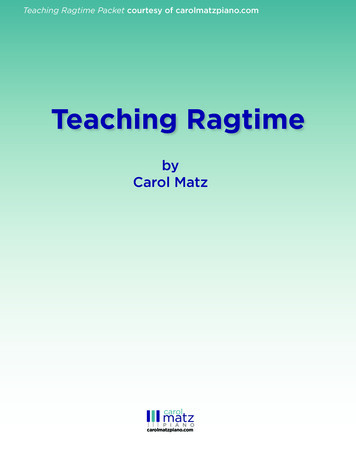


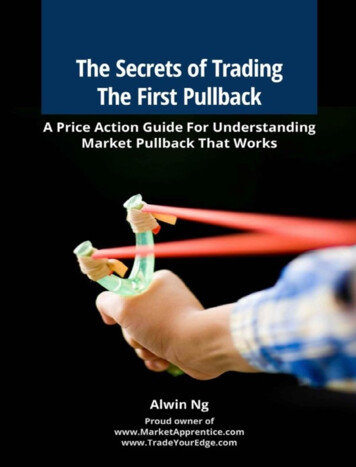
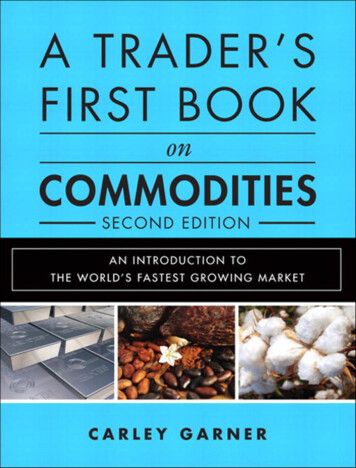

![Last or Business First [Maiden] Page Title Notes](/img/1/saukcity125thjubilee-20historical-20album-index.jpg)
